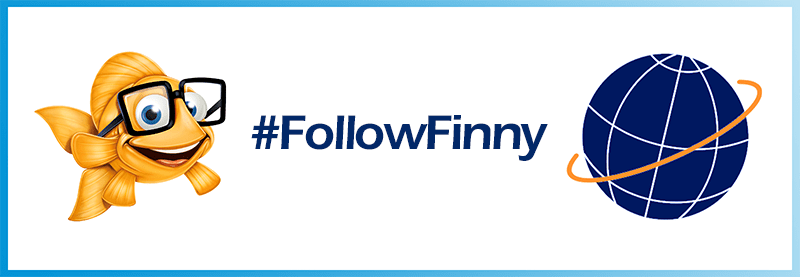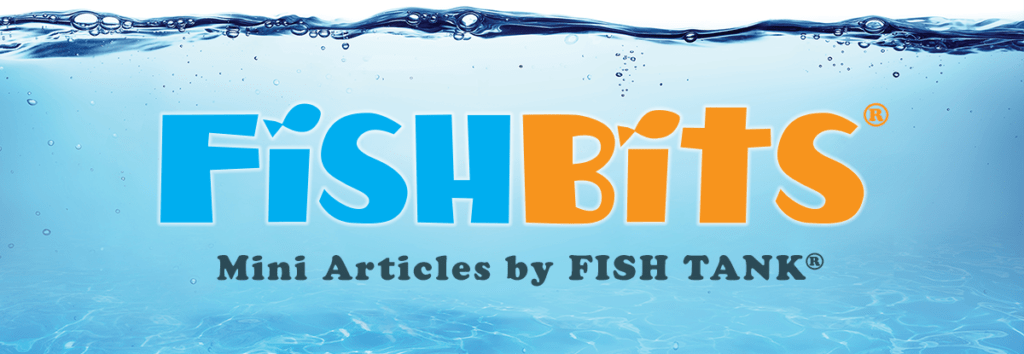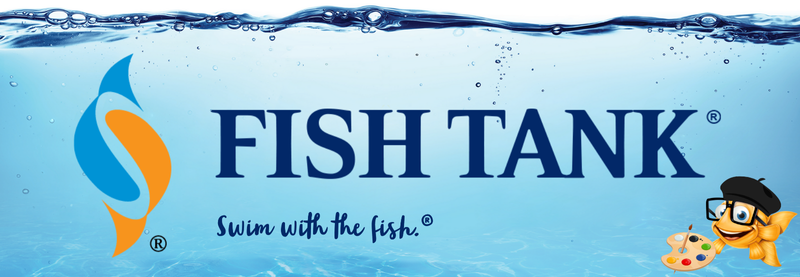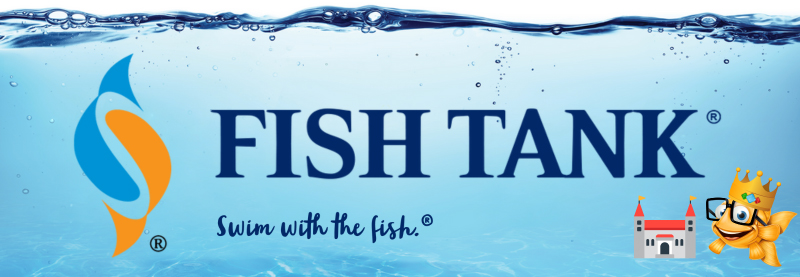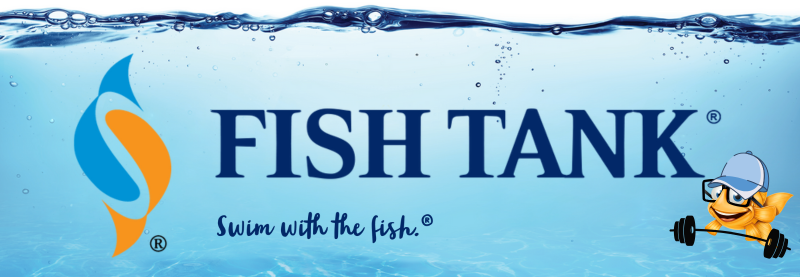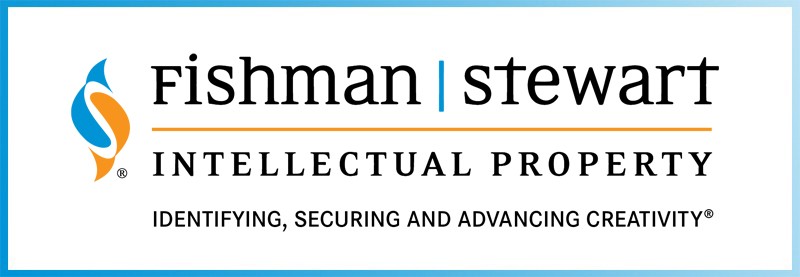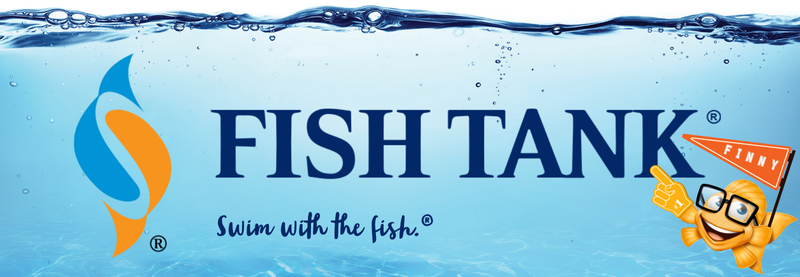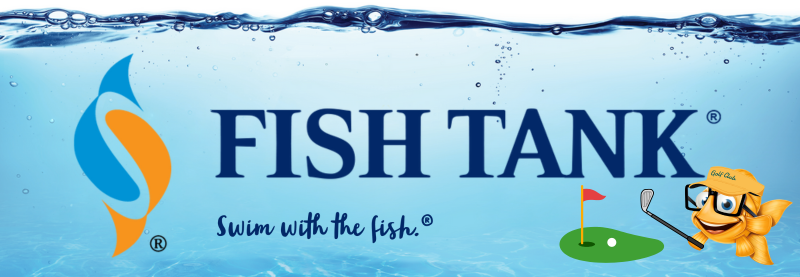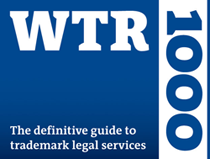Intellectual Property Insights from Fishman Stewart PLLC
Newsletter – Volume 22, Issue 15
Share on Social
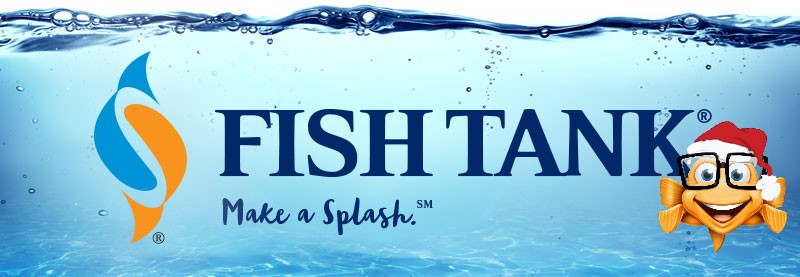
Fun Holiday Patents
As we head into the winter holiday season, many are just beginning to put up decorations, while others finished weeks ago. In the spirit of the holidays, we are sharing with you a few of our all-time favorite holiday-themed patents.
Arguably at the top of the list for creativity is US7258592, a patent directed to a Santa Claus Visit Kit. Parents will want to keep this kit hidden from their children, as it is designed to create an illusion that Santa Claus has visited a home. The kit includes boot stencils to mark the ground with footprints and a letter professing to be from Santa himself. Detailed steps are also disclosed which include removing a portion of the drink and/or snack left the night before (presumably, milk and cookies).

Disclosed in US6491516 is a candle-carrying Hanukkiah with a signal-transmitting dreidel. As the dreidel spins, it emits radio frequency signals that are sent to a receiver circuit in the Hanukkiah. Additionally, the Hanukkiah is outfitted with heat-responsive devices. So, as the dreidel spins, or as the candles are lit, sensors pick up the signals and, in turn, cause the Hanukkiah to play music to entertain its users, or to help keep pace for those singing along in gatherings.

Finally, for those who love looking at holiday decorations but hate doing the decorating themselves, this tool might make the job a bit easier, or at least a bit quicker. US3494235 is a device designed to help dispense tinsel, for instance, when decorating a tree. It allows a user to load a roll of tinsel into the device and simply pull a trigger to dispense the tinsel in a consistent flow without the hassle of moving piece by piece.

If you come across any interesting holiday-related patents, please share them with us! We hope you all have a safe and happy holiday season.
Melissa M. Chapman is an associate attorney at Fishman Stewart and works in the firm’s Patent Practice Group. Check out her full bio here.
Published December 9, 2022

Finny continues his adventures around the world!
Finny is on Instagram! His account is @followfinny.
Sir Finnegan, known as “Finny” to his school of family and friends, is taking a trip to explore the diversity of intellectual property all around the world. If you see Finny on his journey, please take a picture of Finny and post it on social media with the hashtag #FollowFinny so we can track his progress. A plush toy of Finny is available to take home HERE.


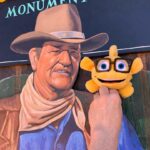
Related Content from Fishman Stewart
People have long pondered whether or not the Giza pyramids were indeed solely burial chambers, which was the only known, and archaeologically determined, use—until now.
As the story goes, Klein was so taken with the indescribable blue of the sky over the Mediterranean in Nice, France, that he dedicated his artistic talent developing a blue that would imbue the canvas with this color in its purest form.
Despite her pseudo-legal background in Suits, Meghan has been running into one issue after another in her efforts to register the trademark and logo for her new lifestyle company, for now, called “AS EVER”.
By 1930, efforts began in New York to replace Mother's Day with Parent's Day because men were more than just breadwinners. Those efforts didn't catch on, probably because in that era, women often spent more time in the home.
In February, Nike and Skims announced that they will be working together on a new brand, NikeSkims. The co-brand will create a new line of training apparel, footwear, and accessories specifically designed to meet the unique needs of women athletes.
Generally, federal courts have exclusive jurisdiction over copyright cases, and often, this presents an insurmountable paywall for individual artists and small businesses to vindicate their rights, especially where the value of the individual copyrighted works are relatively low.
Dedicated to raising public awareness about the importance of encouraging innovation and creativity throughout the world, the World Intellectual Property Organization (WIPO) annually observes World Intellectual Property Day on April 26 to showcase the role that patents, trademarks, industrial designs, copyrights and trade secrets play in our everyday lives.
Hold onto your foam fingers, sports fans – college sports just got a whole lot more interesting! The latest updates to Name, Image, and Likeness (NIL) rules are making student-athletes bigger than ever, and it’s not just about the game anymore.
Did a federal court in Louisiana recently decide that US copyrights are global rights? It seems so.
L.A.B. Golf aims to protect its innovations, and therefore its market position, owning three patents for its zero-torque design. The question now is whether L.A.B. Golf can withstand the wave of copycat designs.
IDENTIFYING, SECURING AND ADVANCING CREATIVITY®




